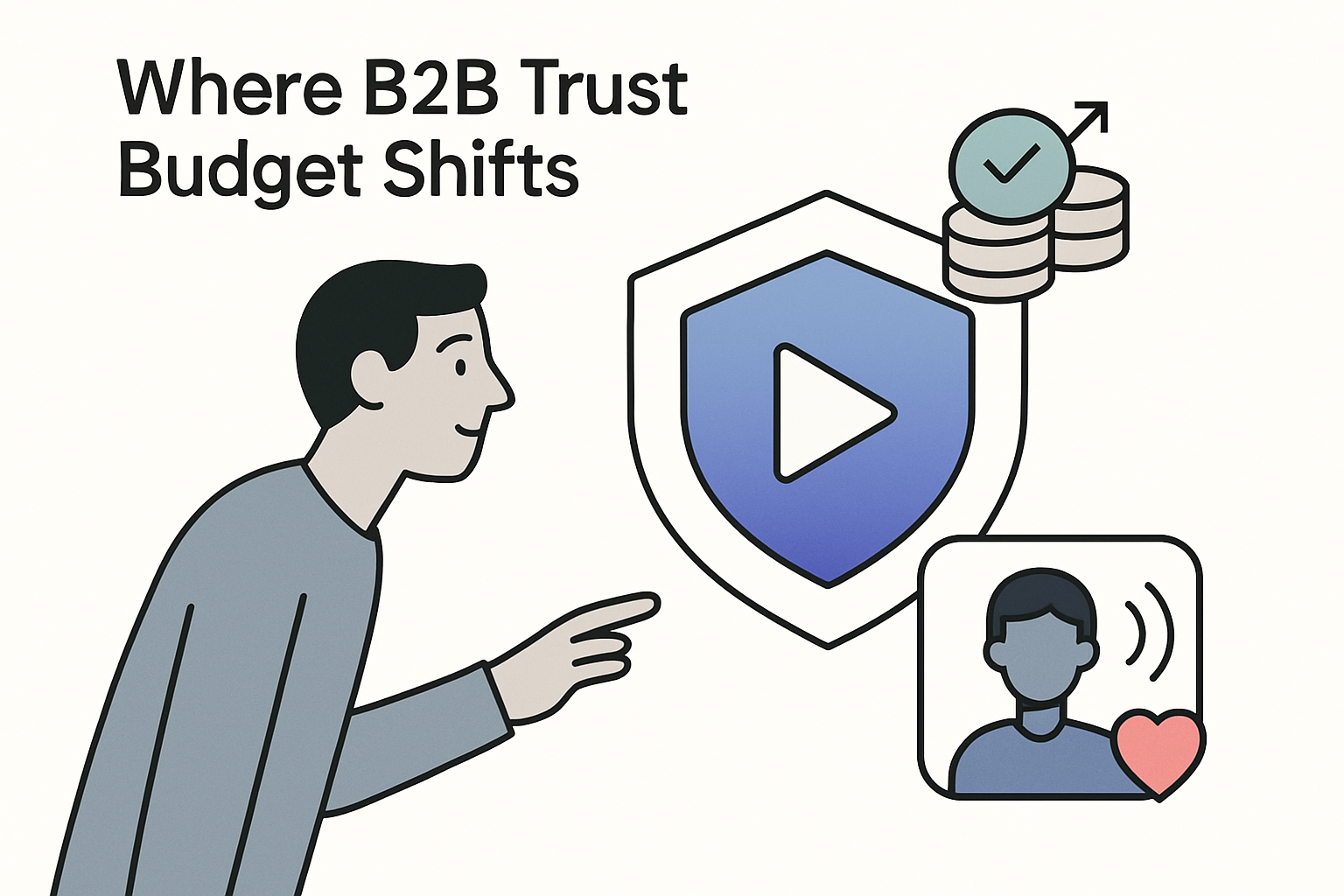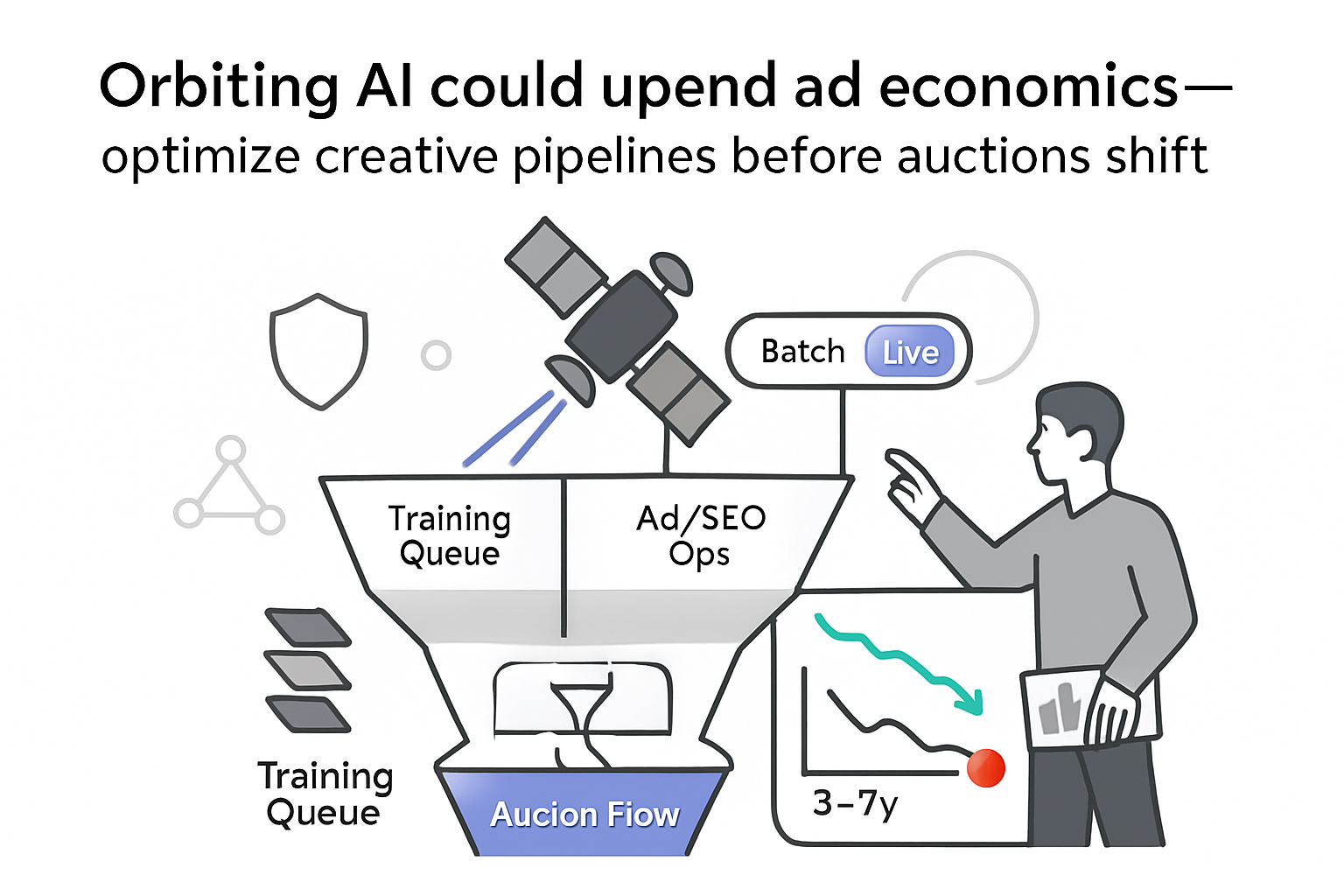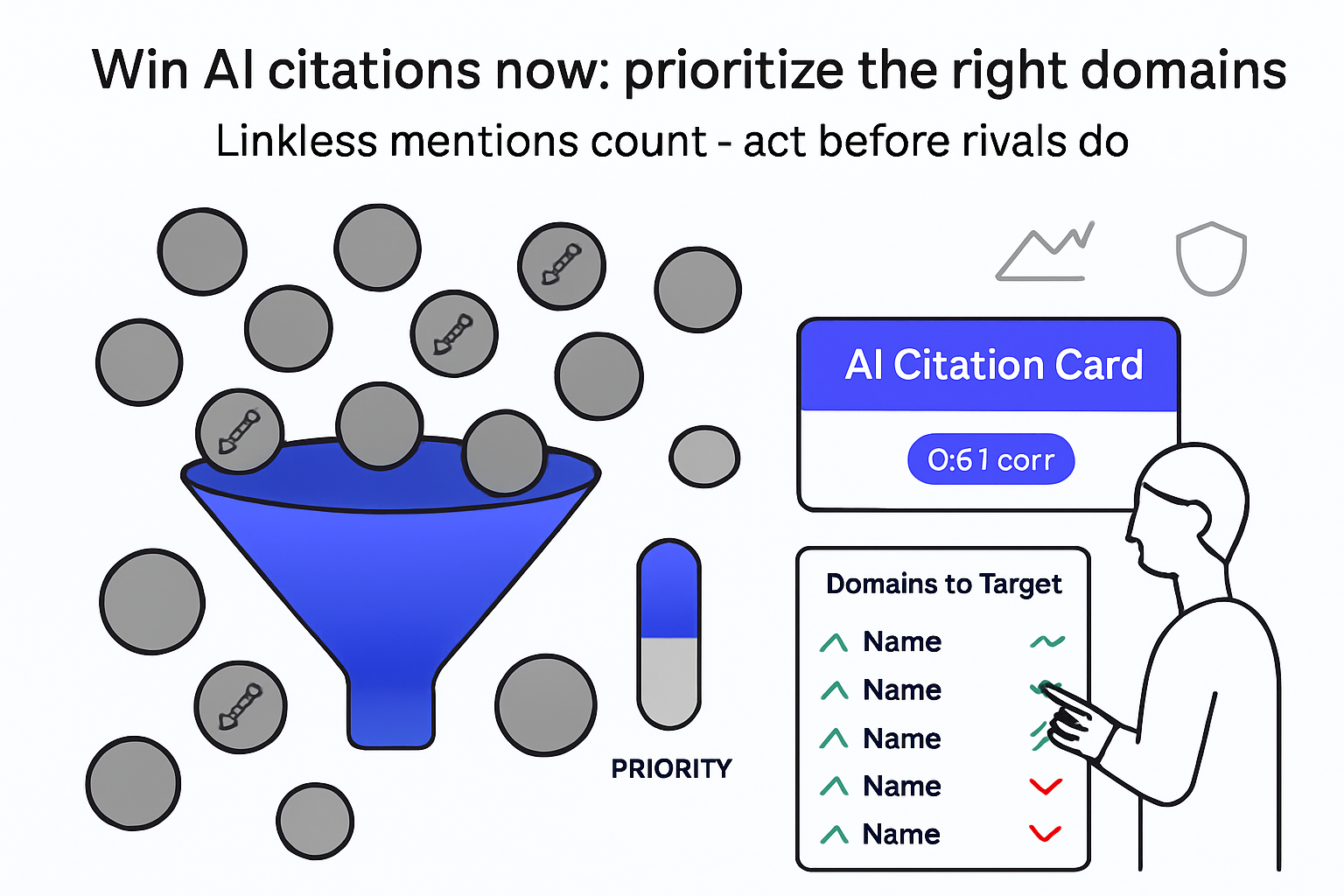Short-form video and creator partnerships have shifted from experiment to baseline in business-to-business marketing. New data from LinkedIn and three supporting studies show early adopters gaining both budget and brand trust.
Executive snapshot
- 78% of B2B marketers already use video, and 53% plan to raise spend within the next 12 months [S1].
- Brands with a defined video strategy are 2.2 times more likely to call themselves “well trusted” and 1.8 times more likely to be “well known” [S1].
- 55% of teams now work with influencers; 84% of those users expect larger budgets next year versus 58% of non-users [S1].
- External benchmarks confirm the shift: 71% of North-American B2B teams employ video today [S2], and 89% of mixed-market respondents cite positive ROI from video content [S3].
Implication: trust-oriented formats – especially expert-led video – are attracting a growing share of B2B budgets.
B2B video and influencer adoption
LinkedIn’s B2B Marketing Benchmark Report surveyed 1,512 senior marketers across six countries in Q4 2023. Respondents work at firms with at least 100 employees and self-reported marketing budgets. Because findings rely on self-assessment, they indicate correlation, not causation. Regional weighting and industry mix were applied, yet selection bias toward active LinkedIn advertisers may persist.
Complementary sources:
- Content Marketing Institute’s 2024 B2B Content Marketing survey (n = 1,004, North America, Aug–Sep 2023) [S2]
- Wyzowl’s 2024 Video Marketing Statistics (n = 528, Jan 2024) [S3]
- Onalytica’s State of B2B Influencer Marketing 2023 (n = 403, Mar 2023) [S4]
All studies use questionnaire methods and skew toward digital-first companies; none directly measure revenue attribution.
Video strategies boost trust and awareness
- Adoption: 78% include video in their mix; 29% call it their primary asset [S1].
- Spend: 53% intend to raise video budgets; only 9% foresee cuts [S1].
- Impact: brands with structured video plans are 2.2 times more likely to be viewed as trusted and 1.8 times more likely to report strong awareness [S1].
- Formats: short-form social clips (64%), brand narratives (49%), and customer testimonials (45%) lead usage [S1].
Supporting data: 71% of North-American B2B marketers used video last year, and 61% said it was their top engagement driver [S2]. In a broader sample, 89% report positive ROI and 78% credit video with increasing sales [S3]. The converging numbers indicate video has moved from experiment to baseline practice.
Influencer collaborations accelerate budget growth
LinkedIn finds 55% of B2B teams partner with creators – defined as subject-matter experts, practitioners, or analysts with relevant followings [S1].
- Budget momentum: 84% of influencer users expect larger budgets next year versus 58% of non-users.
- Primary goals: trust (67%), authenticity (60%), and extended reach (55%).
- Metrics tracked: share of voice (46%), engagement rate (43%), and first-party lead quality (32%).
External view: 96% of B2B marketers deem influencer programs effective for awareness, yet average spend is just 5% of the marketing budget [S4]. The gap suggests room for growth if effectiveness holds.
Budget reallocations toward multi-channel video
- Asked where an extra 10% would go, video topped the list (29%), followed by paid social (21%) and events (18%) [S1].
- Multi-channel use: 62% distribute the same video on three or more channels (LinkedIn, YouTube, web, email).
- Funnel mapping: 57% tailor video length and tone to funnel stage.
- Production: 48% produce in-house, 34% use hybrid models; average per-asset cost is US $1,200.
Wyzowl notes that 70% of non-video marketers plan to start in 2024 [S3], reinforcing video’s central budget status.
Strategic interpretation
Likely: Video integrated with credible voices is now a practical lever for improving perceived trust and brand recall in complex B2B sales cycles.
Likely: Expertise conveyed through recognizable individuals aligns with Google’s E-E-A-T guidelines and social algorithms that privilege personal posts, expanding organic reach.
Tentative: Because spending plans are self-reported, real increases could trail intentions by 5–10 percentage points if economic conditions tighten.
Speculative: Brands that launch creator programs early may enjoy lower cost per qualified impression; internal LinkedIn data shows creator-led CPMs averaging 12–18% below branded ads.
Practical next steps:
- Allocate at least 20% of the quarterly content budget to video if current spend is lower.
- Pilot one influencer partnership per quarter, prioritizing subject-matter experts over follower counts.
- Track trust via brand-lift studies or post-view surveys to confirm whether gains mirror survey correlations.
Contradictions and data gaps
- Causality: Higher trust scores may stem from larger budgets or stronger brands, not video alone. No controlled experiments are included [S1].
- ROI measurement: Only 32% of influencer programs track lead quality; most rely on soft metrics, making budget increases partly speculative.
- Platform bias: All LinkedIn data comes from active users of its ad products, potentially inflating perceived effectiveness versus neutral channels.
- Regional variance: The benchmark spans six countries, yet country-level splits were not published.
End of report.







.svg)